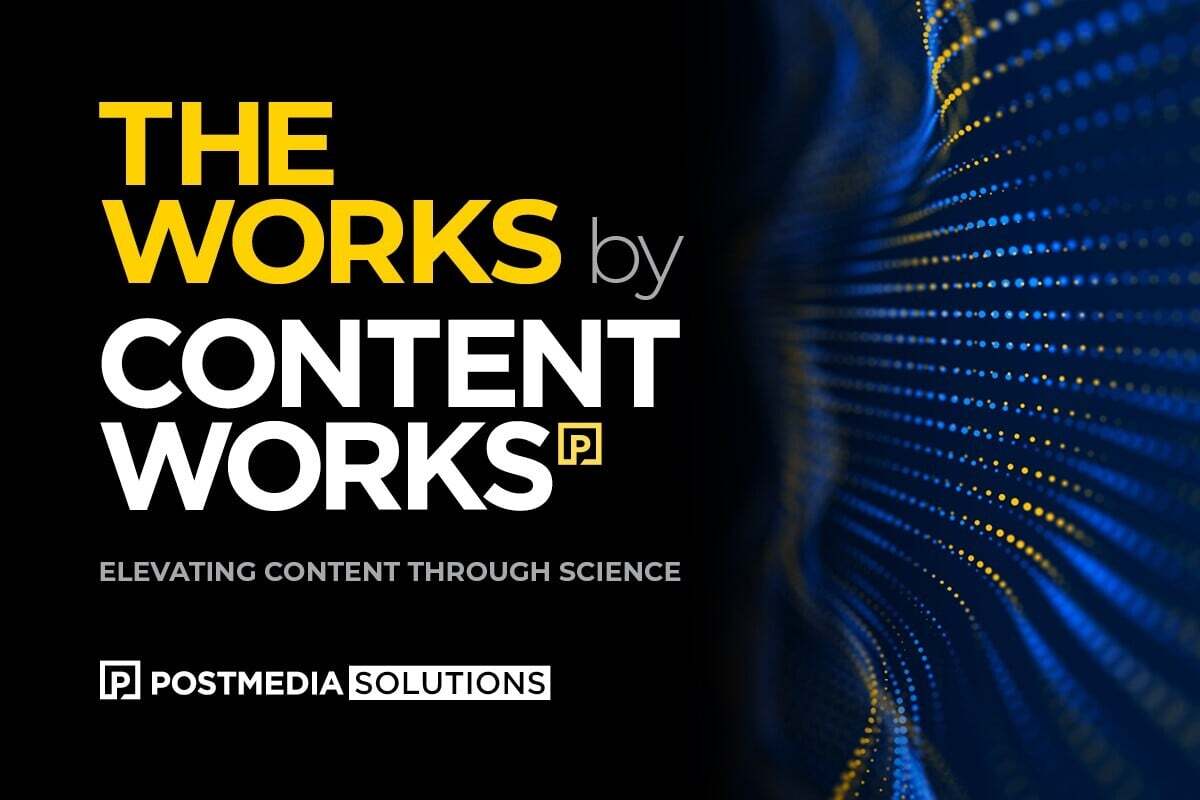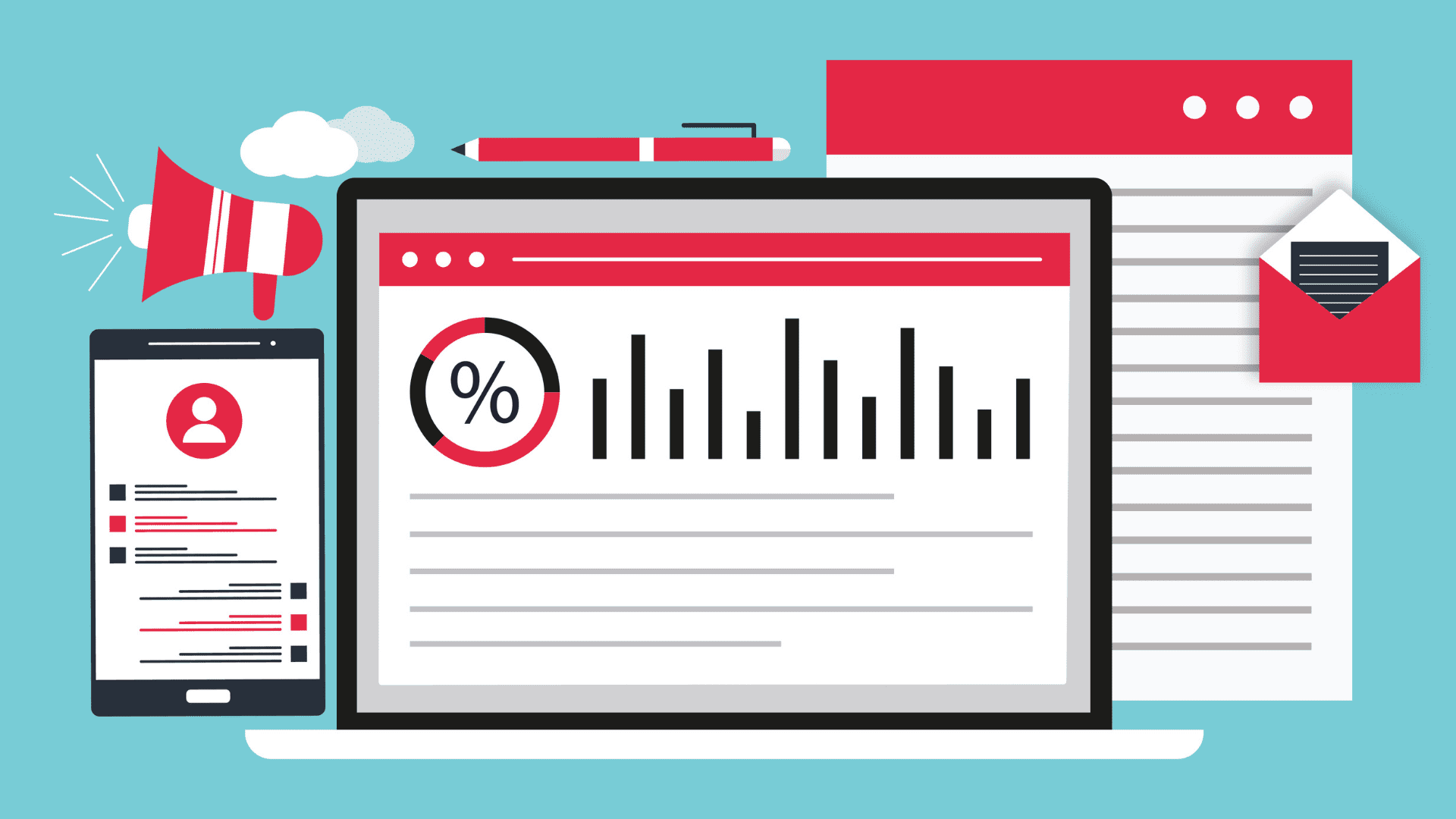To get the most out of your Facebook ad campaign and use your advertising budget wisely, you need to optimize for conversion.

Facebook advertising can be a powerful way to reach potential customers. With 2.8 billion monthly active users, the platform offers significant opportunities once you learn how to create an effective conversion campaign.
For many years, we might have said if large numbers of people saw your ads, that was a big win. However, gaining views on ads doesn’t always translate into sales. When we connect our advertising to successful outcomes such as purchases, sign-ups or other measurable actions, we can show how our Facebook ads create results.
To avoid wasting money on Facebook ads, focus on conversion campaigns to ensure every dollar you spend goes toward expanding your business.
What is a conversion campaign?
Increasing visibility is a good thing, but the key to assessing the impact of your ads is to measure how many people are motivated to take action after seeing them.
This desired action could be making a purchase, signing up for a newsletter, signing up for an event or moving forward in other ways in their journey to becoming a paying customer. When this happens, it’s called a conversion. A conversion campaign can convert browsers into buyers can help you grow your business in meaningful and measurable ways.
Why is it so important to focus on conversions?
Conversions are one of the best ways to measure the success of your campaigns and invest more in the strategies that work. It allows you to track and report on the company’s return on investment, which is key to cementing ongoing investment in marketing efforts.
Facebook ads can be an effective tool, but only if used correctly. Without some expertise, you could waste money on ads that don’t boost your company’s bottom line.
How to optimize your Facebook ad campaigns for conversions
First, be clear about what you want to achieve. If you can set clear goals for your campaign, you’ll find it easier to make good decisions as you go along because each time, you can measure which options moved you closer to your goals.
Install the Facebook pixel
Make sure you have the Facebook pixel installed on your website. It’s a small snippet of code you add to your website that tracks visitors to your site. It keeps a record of how people interact with your site and what actions they take once there.
Explore ad formats
Facebook offers various ad formats to help you craft the perfect campaign to sell your offer to its users. You can optimize your campaign by boosting posts, promoting your page, sending people to your website or getting video views. If you sell a range of products, you might want to try carousel ads that allow you to feature multiple images to tempt potential customers. If you wish to increase email sign-ups, you could try lead ads that encourage visitors to sign up for your offer right in the Facebook app without having to click away from the platform.
Choose the type of conversion
What action do you want the user to take? What’s the goal of your campaign, and what would success look like for you? As noted above, this could mean they move from browsing to purchasing products. It could also mean visiting your website, subscribing to your newsletter or downloading a lead magnet or other item you’re offering.
Create a landing page that will help people convert
What happens when a user clicks your ad and arrives at your website? Are you sending every user to your home page? Be mindful of where you’re sending valuable website traffic. Let’s say you make a specific offer or reference a particular product or service in your ad. In that case, they should click and arrive at a page with relevant information about that product or service.
Make your ad stand out!
Choose eye-catching images to create ads that get attention, and make sure you craft the written copy carefully to target your ideal customers. Be sure to stay up to date on the required sizes and specifications for Facebook ads to ensure your ads look their best.
Include a clear call to action (CTA)
Calls to action are essential in a conversion campaign because a user who glances at your ads needs to know what to do immediately, or you might lose their attention. Make it easy for them to take the action you want with clear language and design choices.
Target audiences effectively
There are a few ways to approach targeting audiences, but you’ll want to be sure you start with broad audiences. You can narrow from there to ensure you aren’t chasing too many demographics or niches that don’t offer results. Test a general audience first and see what happens when you narrow it down by testing ads and measuring results.
You can choose audiences based on demographics, location, interests and other information that Facebook collects and stores from its users. You can adjust the size of the potential audience based on the factors you choose or overlapping factors that help you target people who resemble your ideal customer.
Choose your bid strategy
When optimizing your Facebook ads, you can consider different strategies for how much you want to spend and how Facebook will calculate your costs. You can set a target cost, which tells the system to bid for results with an average cost as close to your chosen target cost as possible.
Another alternative is to set a maximum amount called a bid cost, limiting the amount Facebook will bid for you. This is a helpful way to control costs.
Assess results and try again
Monitor and assess results through your analytics. Tweak and A/B test to repeat your successes and improve areas where you weren’t as successful.
Retarget users who didn’t convert
If someone sees your ad and doesn’t convert in the way you’d hoped, are they lost forever? Not necessarily. The ability to show ads again to users who didn’t convert or “retarget” people is a valuable strategy you can try if you’ve installed the Facebook pixel.
Are conversion ads always the best option?
Conversion is a great way to measure the effectiveness of your campaigns, but there may be instances where you can’t measure conversions from accessible data. There may be times you need to send traffic to third-party sites for purchasing or sign-ups. At that point, your best option may be to measure clicks through to those action pages.
There are vast resources online for social media marketers who want to master the art of a conversion campaign on their own. However, just like learning how to make your Facebook ads stand out, it takes time to learn how to optimize campaigns properly. With so many variables, it can be easy to make mistakes or miss opportunities.
Many business owners prefer to lean on an agency to manage their Facebook ad campaigns to ensure their ads are impactful and their campaigns optimized to offer the best return on investment. Once you get your campaigns running effectively and showing results you can measure, it becomes easier to set budgets for Facebook advertising confidently.





